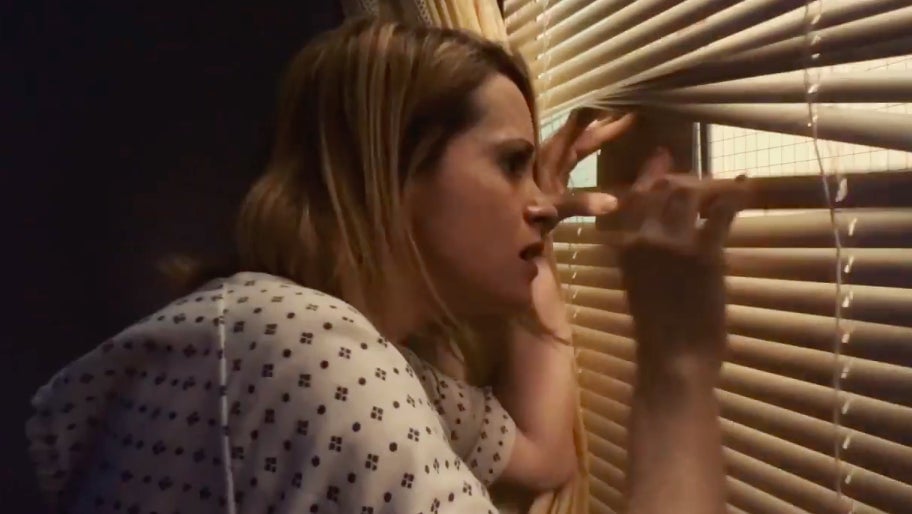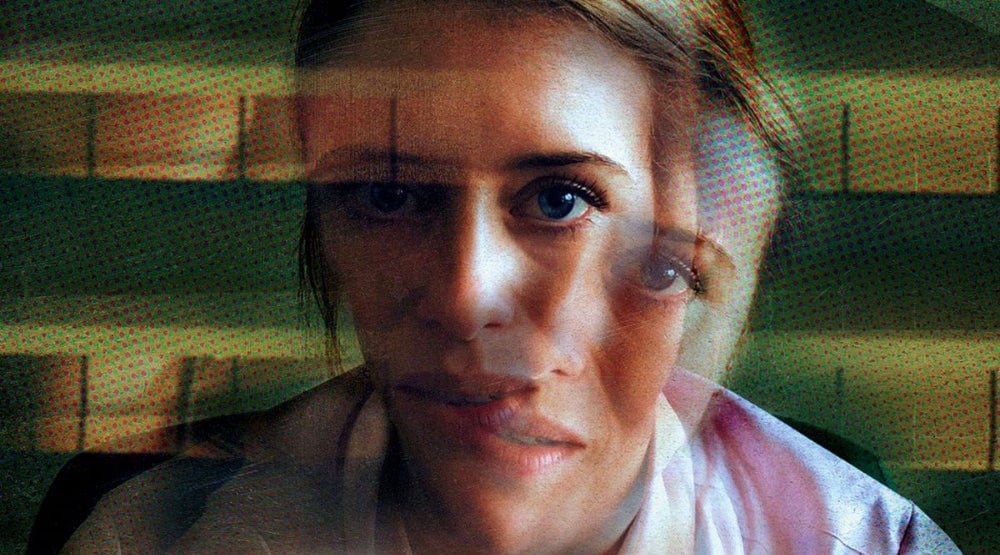Steven Soderbergh’s “Unsane” updates the pulpy thriller for the #MeToo era
“Unsane,” as far as I know, isn’t a real word. But after audiences see Steven Soderbergh’s psychological thriller of that name, it should probably become one, similar to another film-derived term, “gaslighting”:


“Unsane,” as far as I know, isn’t a real word. But after audiences see Steven Soderbergh’s psychological thriller of that name, it should probably become one, similar to another film-derived term, “gaslighting”:
Unsane (adjective): The state of mind experienced by women when men gaslight them into thinking they’re actually insane.
Filmed in secret using iPhone cameras sometime in 2017, Unsane is a deliciously pulpy psychological thriller, depicting the waking nightmare of a young woman (Claire Foy) who’s convinced her stalker has followed her into the mental institution where she has been involuntarily committed.
It’s also an obvious metaphor for women being forced to just “deal with” their abusers at work or at school or in any other environment—but still a chilling one. The protagonist’s experience in the movie will likely feel familiar to millions of women around the world.
The “we don’t know if it’s real or if it’s all in her head” subset of the Hollywood psychological thriller is one of the most reliably gripping films one can make, told countless times in different ways over the last century (including in the 1944 film Gaslight, starring Ingrid Bergman). But coming just months after sexual misconduct allegations against film mogul Harvey Weinstein helped launch the #MeToo movement, Soderbergh’s take on the classic thriller trope adopts a new, deeply effective meaning.
Those who have seen Claire Foy’s quintessentially British, restrained and yet magnetic performance as Queen Elizabeth II in Netflix’s The Crown may be surprised to see the actress pull off an American accent. She plays Sawyer Valentini, a precocious bank analyst battling mental illness triggered by a stalking a few years prior. Shortly after moving to a new city for a fresh start, Sawyer starts imagining her stalker’s face in other men, including her creepy boss and a guy she meets on a dating app.
Tired of feeling paranoid and without anyone to talk to, Sawyer signs up for a support group for stalking victims at a nearby health center. During what she thinks is a routine appointment with a psychologist, Sawyer admits that she has thought about harming herself, but stresses that she isn’t currently suicidal. She signs some paperwork without fully reading it (as we all do on occasion) and within minutes she’s whisked into another room, forced to strip down, and given an unknown medication, now a prisoner of a psychiatric hospital.
Sawyer insists she isn’t crazy, but the fact that no one believes her predictably—and frustratingly—makes her act irrationally, which only leads the doctors and hospital administrators to think she’s even more unwell. It doesn’t help that the excruciating stress and anxiety of the situation causes Sawyer to see her stalker’s face on several male nurses and technicians.
Because Unsane was developed prior to the start of Hollywood’s ongoing sexual harassment crisis, it’s only more perceptive and perhaps even more universal. It’s not a reaction to #MeToo so much as it has become an extension of it, proof that the movement is reshaping and re-contextualizing an industry in desperate need of both those things.

Sawyer is quite literally trapped in a building with a man she believes to be her stalker. No one seems to care or believe her, so eventually she learns to put her head down and endure this intrusion even as it causes her unthinkable internal suffering. This is true torture.
Speaking out or calling attention to herself invites further nightmarish responses: contempt, ridicule, and, soon enough, complete isolation. The first two times Sawyer alleges that her stalker is in the hospital with her, she’s tranquilized into silence. The third time, she’s banished to a windowless padded room.
Soderbergh’s decision to shoot on an iPhone was a clever one. The 2018 equivalent of home video (a technology he explored in 1989’s Sex, Lies, and Videotape), smartphone footage gives off a vivid but ominously unrefined quality, and in Unsane it feels like we’re seeing something that isn’t quite ready to be seen. Unsane is not styled as a “found-footage” film like The Blair Witch Project or Cloverfield, but it’s not hard to imagine coming across the movie in an unmarked, hidden folder on someone’s computer.
As is the case in most movies in this genre, there’s a twist about halfway through Unsane that some viewers will predict. Instead of diminishing the film’s unabashed sensationalism, it magnifies it, roping viewers deeper into the dark absurdity of Sawyer’s hospital stay.
The pulpiness of the storytelling doesn’t prevent Soderbergh from driving the point home: Ignoring and disbelieving women doesn’t just hold awful consequences for victims. It also can (and sometimes should) bring down entire institutions. It’s enough to make us all feel a little unsane.